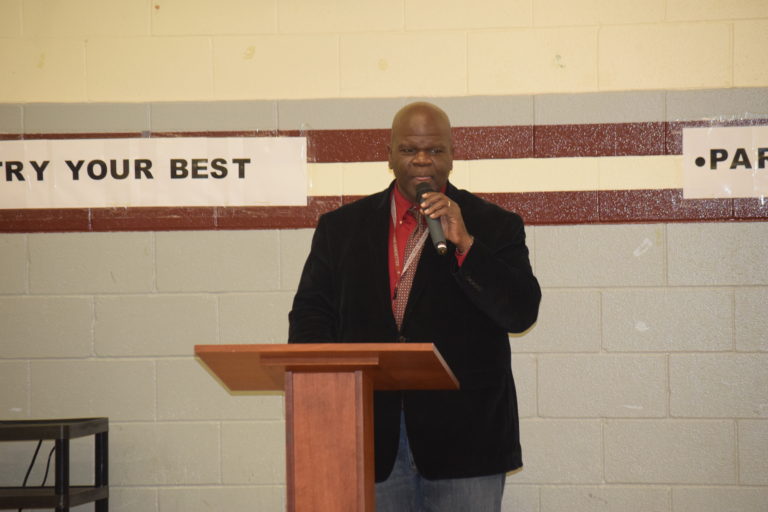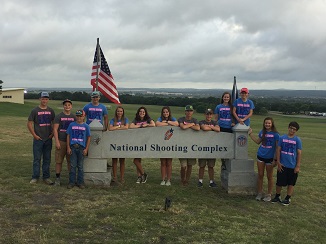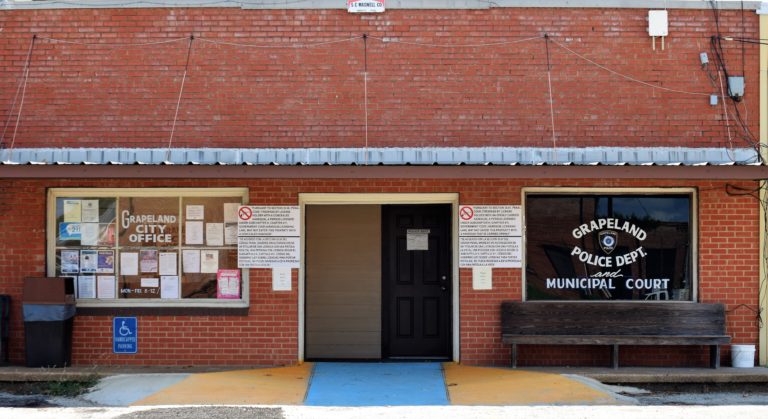Safety Awareness/Active Shooter Seminar Given by HCSO
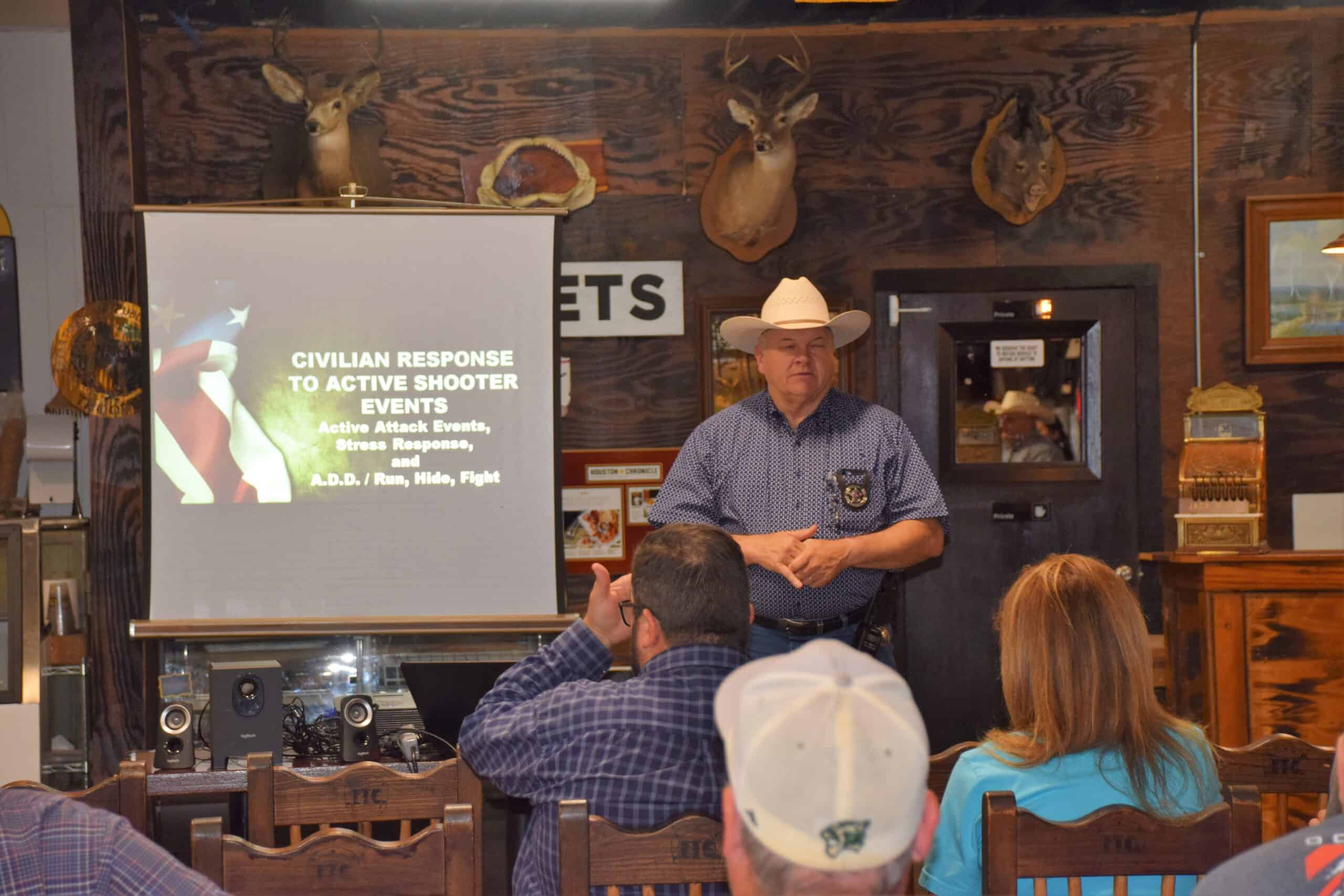
By Will Johnson
Messenger Reporter
CROCKETT – If you think it can’t happen here, you’re mistaken. The folks in Uvalde and Santa Fe probably felt the same way. As did the students at Virginia Tech and Columbine. The people attending a Jason Aldean concert in Las Vegas, going to a club in Orlando or going to church in Sutherland Springs likely never thought they would become targets. Unfortunately, they did.
Sadly, the term active shooter has become a part of the lexicon. It seems not even a week goes by without news of yet another mass shooting.
On Tuesday of this week, The National Center for Education Statistics released a report that found “… there were at least 93 incidents involving casualties at public and private schools across the US.”
It was the highest number of incidents in two decades.
Not surprisingly, law enforcement agencies are working with communities across the nation to address the rise in these horrific events and what to do if a person finds themselves in an unthinkable situation.
On Monday evening, June 27, Houston County Sheriff Randy Hargrove, Chief Deputy Roger Dickey, Crockett Police Chief Clayton Smith, Grapeland Police Chief Richard Lewis, Houston County Emergency Management Coordinator Heath Murff and members of the various Houston County law enforcement agencies joined together at Mimsy’s Craft Barbecue, LLC to discuss this very matter.
“Does anybody remember when you went to bed at night and didn’t even lock the doors?” Sheriff Hargrove asked the nearly 40-person audience. “We don’t live in that world anymore.”
He said the goal of the seminar was to improve the chances of survival for “… you, your children, teachers and others in the school.”
In a sobering moment, the sheriff asked the audience what was next after the Uvalde tragedy.
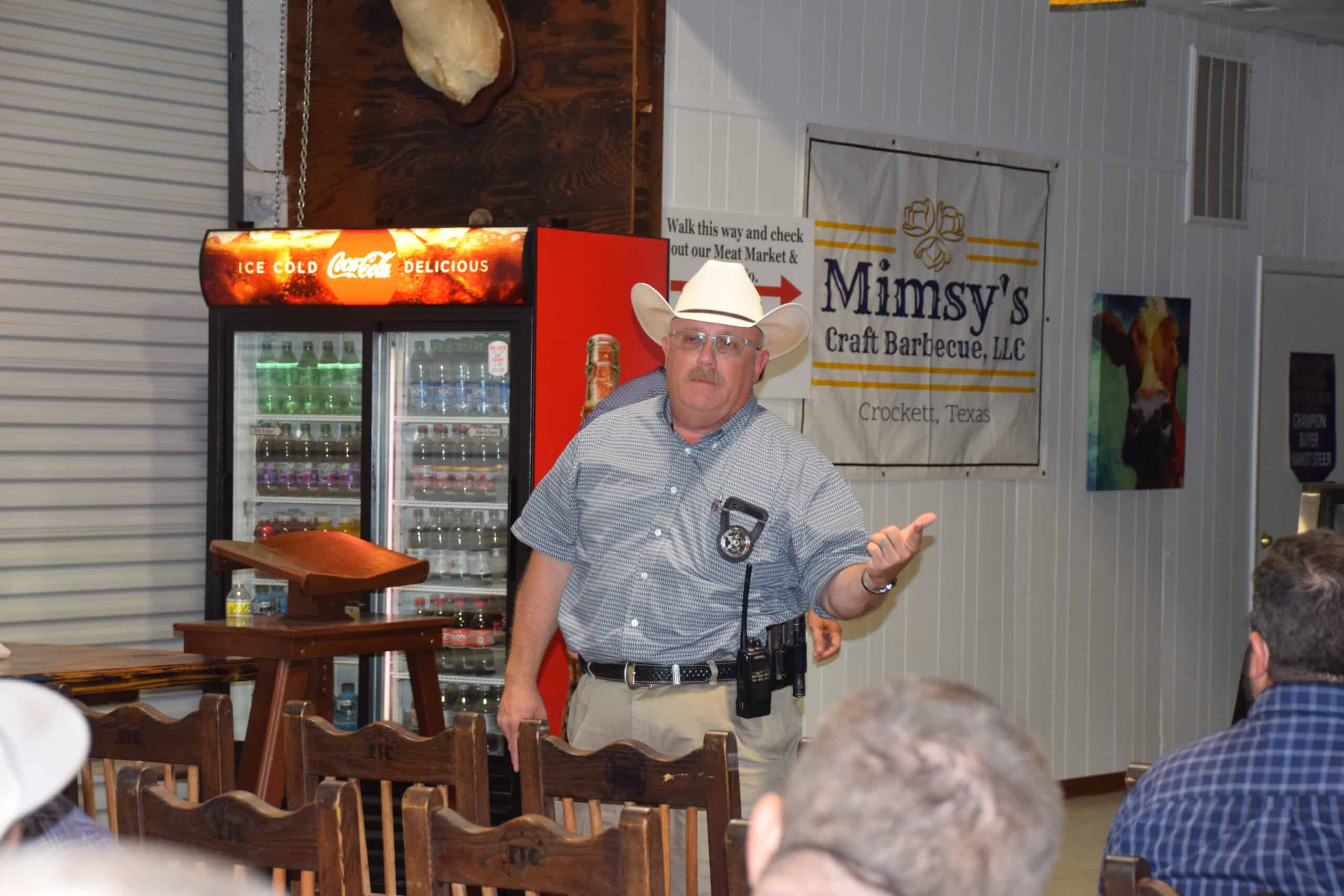
“What is next? Does anybody have an idea? I don’t know either, but you can rest assured, it’s being planned right now. It’s being planned. It’s important we have these kinds of meetings to get us thinking. Most of the stuff you will see tonight, other than the history of this, are thigs you can think of on your own but, we never think of them because most of the time, we’re never there. Or, we don’t think about it until we need it,” Hargrove said.
As he continued, the sheriff said most of the attackers have a low profile. Some may have an “avenger” mind set while others may broadcast their intentions through social media or by telling someone.
Hargrove stressed one of the easiest ways to help mitigate these types of tragedies was to say something to someone if you notice a person exhibiting odd behavior or making grandiose statements.
Some of the risk factors associated with a perpetrator include:
- Exposure to violence.
- Exposure to substance abuse.
- Mental illness.
- History of suicide attempts.
- Stalking/Harassment.
- Cruelty to animals.
The sheriff went on to say most mass murderers go through five phases before committing any type of act. He stressed if you are able to intervene in any of the five phases, a tragedy may be prevented.
These phases are:
- Fantasizing
- Planning
- Gathering
- Approach
- Implementation
At this point, the sheriff yielded to Chief Deputy Roger Dickey for the next part of the seminar.
“We call ourselves first responders, but in these cases, we’re really not. These type-of-incidents are over in three-to-five minutes. We are actually the second responders. You’re the first responders. We are all on our own for a few minutes,” he said.
Dickey indicated it was possible to defend yourself and others in an active shooter situation with items you might not normally think of, such as a fire extinguisher.
“If you pull the pin and an attacker is coming at you, I can blast them with this thing. It makes it hard to breathe and they can’t see. The best thing is they have it programmed in their mind that you won’t fight back. They believe you will be mostly compliant to whatever cowardly act they are doing,” the chief deputy said.
As Dickey continued, he said the best option was to escape if it was at all possible. If escape was not an option, barricade yourself in a secure area. If that was not possible, fight for your life and for those around you.
He emphasized help was on the way, but that could be between three and 15 minutes or longer, while you may have only seconds.
Will Johnson may be reached via e-mail at [email protected].

